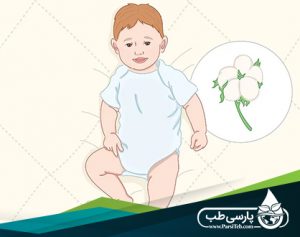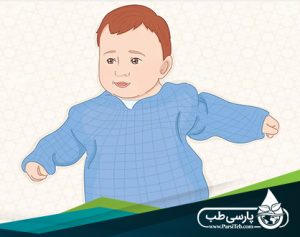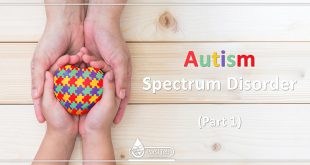baby dressing: Dressing fit with seasons and weather conditions in each season is the key to enjoying the beauty of nature.
Winter, like in other seasons, creates its own beauty for playing and enjoying children, and this season’s cold is not meant to be home to children. As a parent, selecting a good outfit for this season, we can provide more opportunities for babies and children to use the outdoors.
The best way to dress in winter
The most appropriate way to dress in the winter is to use several layers of clothing. Layers of clothing, in addition to keeping the child’s body warmth, allows you to reduce the number of layers of clothing and make the child feel comfortable in the event of a change of environment and a feeling of warmth.
1) Dressing Your Baby for Indoors
Put a soft cotton onesie on your baby

- For the first layer, dress your baby in a comfortable onesie made of a breathable fabric such as wool or cotton. This will help moisture escape so your baby stays warm and dry.
- While you can dress your baby in a short-sleeve onesie as long as they’re very well layered, try to use long-sleeved onesies for the best coverage.
Add fleece pants to the outfit

To add another insulating layer, dress your baby in pants to help trap warmth. Select fleece pants with a snug waist band so they don’t slide down your baby’s torso
For the warmest pants, look for ones with that extend and cover the feet.
Add a light jacket or sweater
- Since most baby onesies are thin, dress your baby in another layer such as a thin fleece jacket or long-sleeved sweater. Pick a jacket or sweater that’s soft. If your baby gets too warm, you can easily take off the jacket to remove a layer .
For example, once your baby has a long-sleeve onesie on, put on a pair of pants and a light, fleece sweater.

Put warm socks on the baby
If you’re dressing your baby in a bodysuit, look for one with attached feet covers. If you’re layering your baby in a onesie and pants, put a pair of warm socks on their feet. Try to choose socks with slightly elastic bands that won’t slide off the baby’s feet
2) Adding Layers for Taking Your Baby Outdoors
Button your newborn to 6-month-old in a baby bunting.
If you want to take your baby outside in the winter, they’ll need a few more layers to stay warm. Once you’ve dressed them in a few light layers, put them in a polyester or down-filled baby bunting
Add a coat or snowsuit for 6- to 12-month-olds.
To take an older baby outdoors in winter, choose a coat or snowsuit filled with polyester or down. Look for one that has a hood attached so you can easily put it up over your baby’s head .
Avoid putting a coat on the baby if you’re putting them in a car seat.

Bulky coats or puffy jackets will flatten instantly if there’s a car crash which will leave a gap between the baby and the car seat harness. Instead, buckle your baby into their car seat and then lay a blanket or coat over the baby.
Cover your baby’s head and ears with a warm hat
Look for a hat that will go down over the ears or that has ear flaps. Feel the inside of the hat to ensure the fabric isn’t scratchy and won’t irritate your baby. Many baby hats are lined with fleece so they’re comfortable and insulated.
Reference: wikihow
Collected by : Dr. Afsaneh Amin Ghafori
 Parsi Teb Physical and Mental Health Journal
Parsi Teb Physical and Mental Health Journal 



